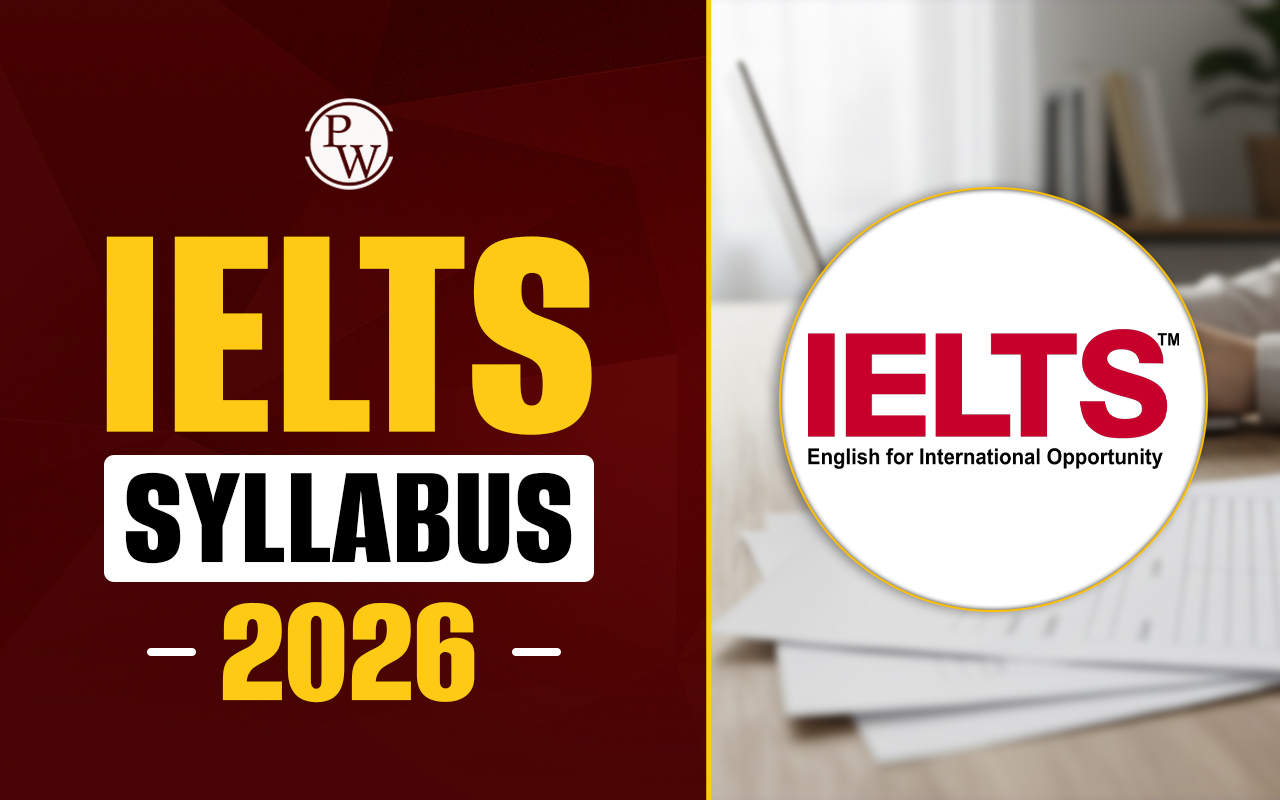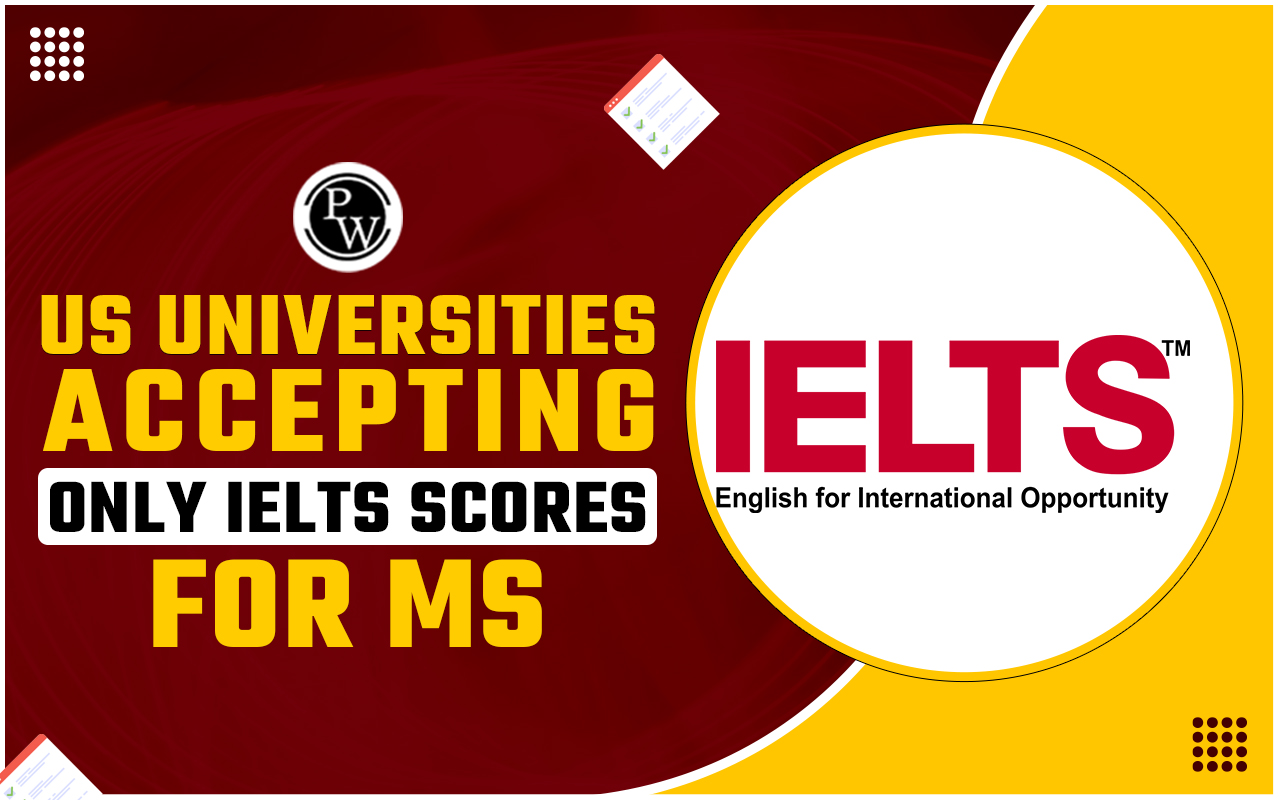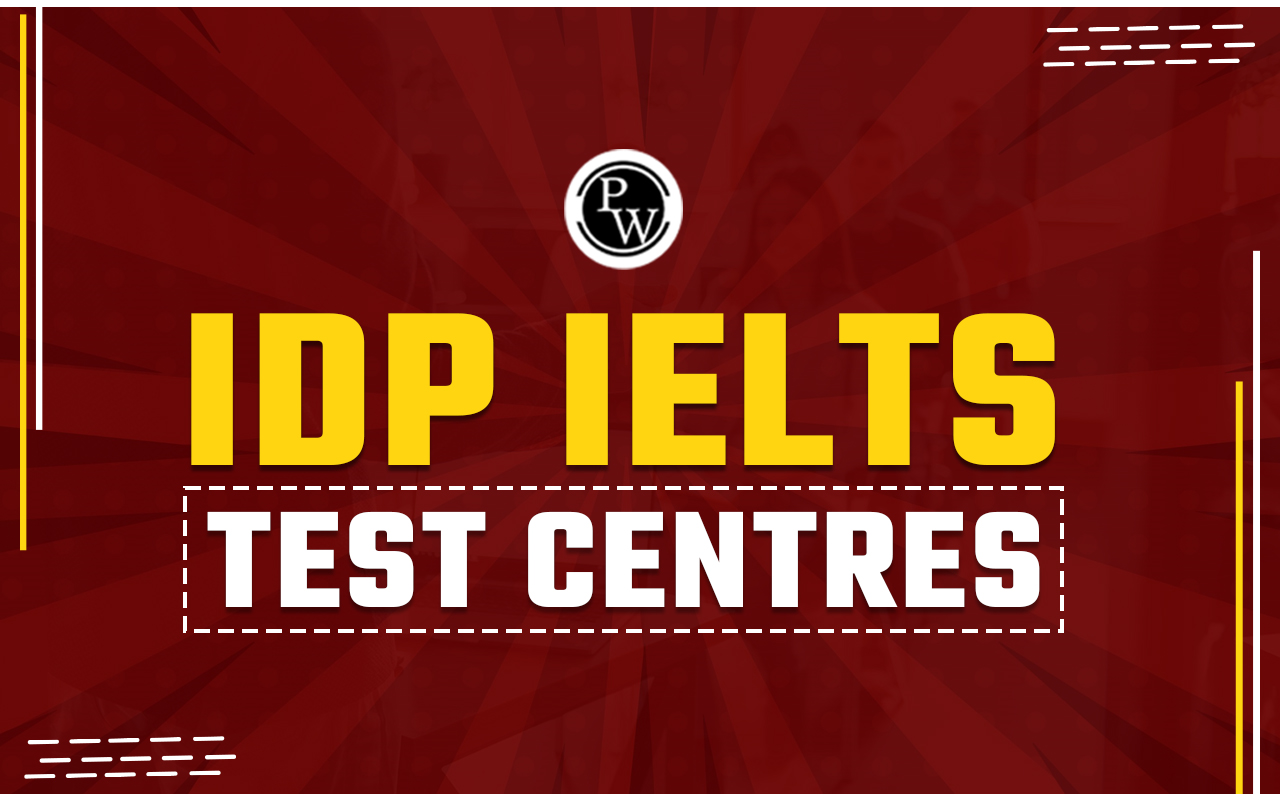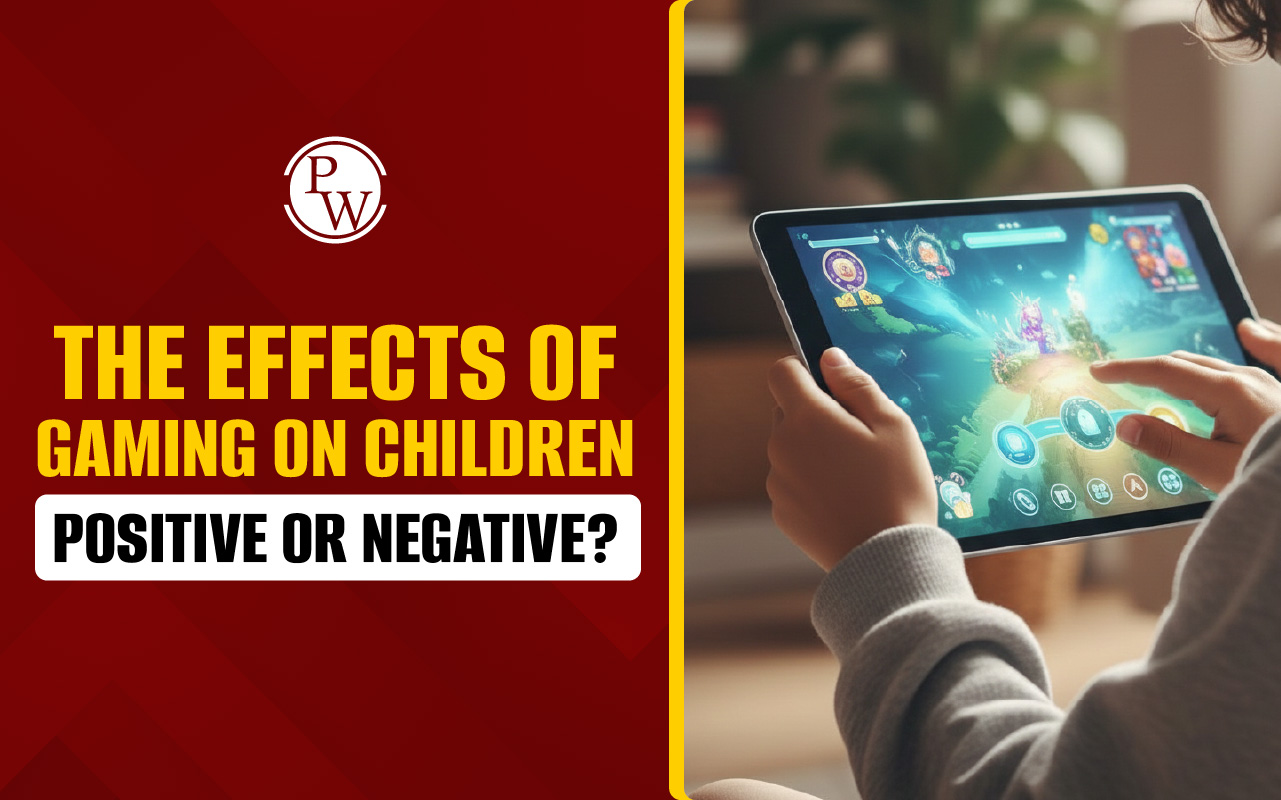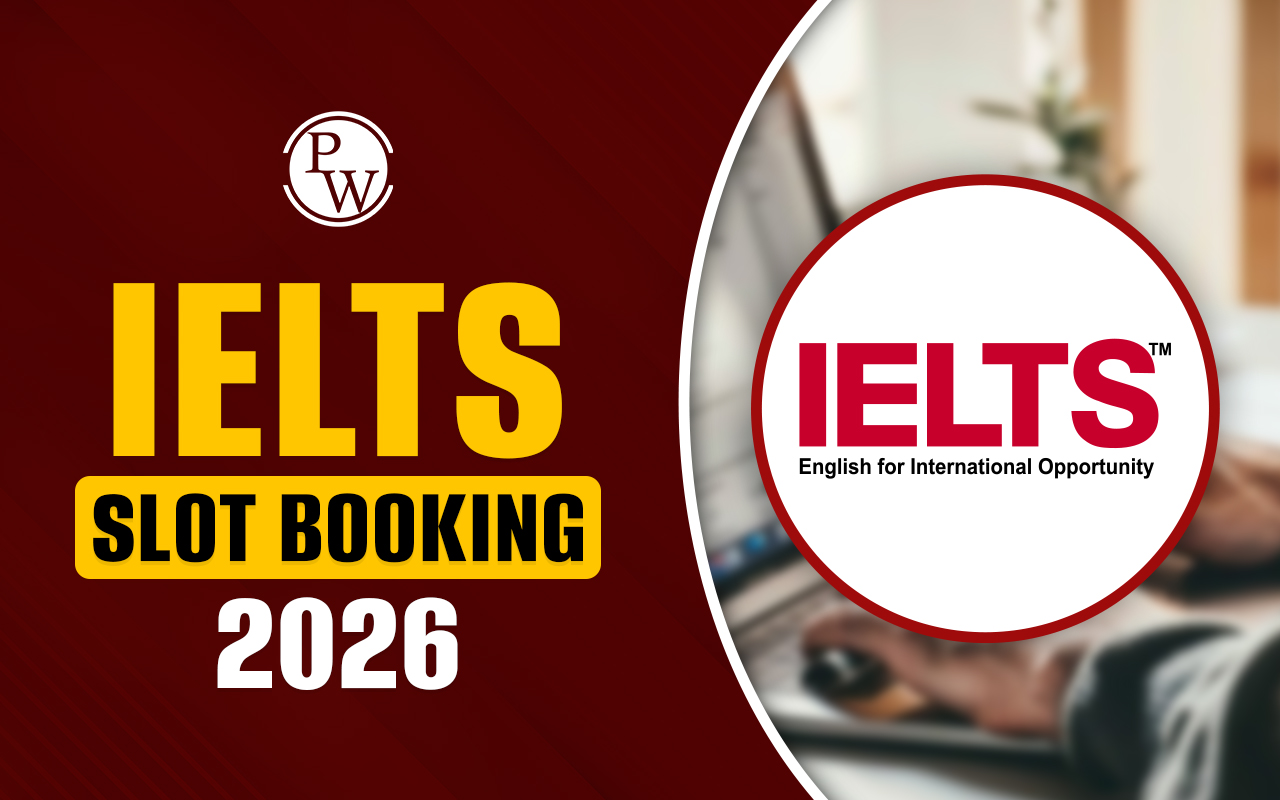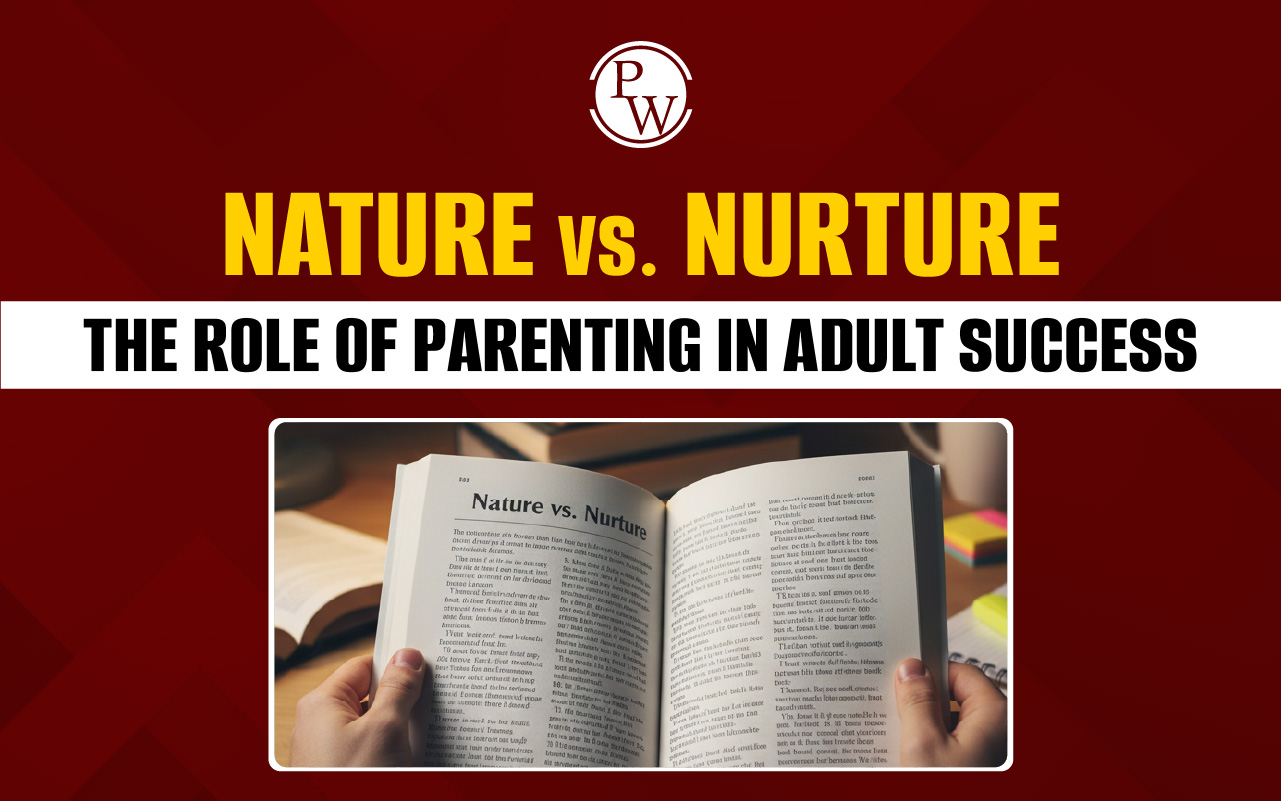
Theory or Practice Reading Answers: The IELTS Reading passage "Theory or Practice" examines the ongoing debate over the role of academic research in business schools. It questions whether such research truly benefits students or simply serves institutional reputation. The passage highlights viewpoints from accrediting bodies, educators, and critics, discussing the balance between scholarly output and real-world applicability. In this article, you'll find sample questions and answers, including multiple choice, True/False/Not Given, and sentence matching, that reflect the structure and difficulty of the actual IELTS Reading test. Practising with these will help you better understand how to tackle different IELTS Reading question types effectively.
Free IELTS Reading Practice Tests
Theory or Practice Reading Answers Passage
You should spend about 20 minutes on Questions 27-40 which are based on the Reading Passage below.
What is the point of research carried out by biz schools?
A. Students go to universities and other academic institutions to prepare for their future. We pay tuition and struggle through classes in the hopes that we can find a fulfilling and exciting career. But the choice of your university has a large influence on your future. How can you know which university will prepare you the best for your future? Like other academic institutions, business schools are judged by the quality of the research carried out by their faculties. Professors must both teach students and also produce original research in their own field. The quality of this research is assessed by academic publications. At the same time, universities have another responsibility to equip their students for the real world, however that is defined. Most students learning from professors will not go into academics themselves — so how do academics best prepare them for their future careers, whatever that may be? Whether academic research actually produces anything that is useful to the practice of business, or even whether it is its job to do so, are questions that can provoke vigorous arguments on campus.
B. The debate, which first flared during the 1950s, was reignited in August, when AACSB International, the most widely recognised global accrediting agency for business schools, announced it would consider changing the way it evaluates research. The news followed rather damning criticism in 2002 from Jeffrey Pfeffer, a Stanford professor, and Christina Fong of Washington University, which questioned whether business education in its current guise was sustainable. The study found that traditional modes of academia were not adequately preparing students for the kind of careers they faced in current times. The most controversial recommendation in AACSB’s draft report (which was sent round to administrators for their comment) is that the schools should be required to demonstrate the value of their faculties’ research not simply by listing its citations in journals, but by demonstrating the impact it has in the professional world. New qualifiers, such as average incomes, student placement in top firms and business collaborations, would now be considered just as important as academic publications.
C. AACSB justifies its stance by saying that it wants schools and faculty to play to their strengths, whether they be in pedagogy, in the research of practical applications, or in scholarly endeavor. Traditionally, universities operate in a pyramid structure. Everyone enters and stays in an attempt to be successful in their academic field. A psychology professor must publish competitive research in the top neuroscience journals. A Cultural Studies professor must send graduate students on new field research expeditions to be taken seriously. This research is the core of a university’s output. And research of any kind is expensive—AACSB points out that business schools in America alone spend more than $320m a year on it. So it seems legitimate to ask for, what purpose it is undertaken?
D. If a school chose to specialise in professional outputs rather than academic outputs, it could use such a large sum of money and redirect it into more fruitful programs. For example, if a business school wanted a larger presence of employees at top financial firms, this money may be better spent on a career center which focuses on building the skills of students, rather than paying for more high-level research to be done through the effort of faculty. A change in evaluation could also open the door to inviting more professionals from different fields to teach as adjuncts. Students could take accredited courses from people who are currently working in their dream field. The AACSB insists that universities answer the question as to why research is the most critical component of traditional education.
E. On one level, the question is simple to answer. Research in business schools, as anywhere else, is about expanding the boundaries of knowledge; it thrives on answering unasked questions. Surely this pursuit of knowledge is still important to the university system. Our society progresses because we learn how to do things in new ways, a process which depends heavily on research and academics. But one cannot ignore the other obvious practical uses of research publications. Research is also about cementing schools’ and professors’ reputations. Schools gain kudos from their faculties’ record of publication: which journals publish them, and how often. In some cases, such as with government-funded schools in Britain, it can affect how much money they receive. For professors, the mantra is often “publish or perish”. Their careers depend on being seen in the right journals.
F. But at a certain point, one has to wonder whether this research is being done for the benefit of the university or for the students the university aims to teach. Greater publications will attract greater funding, which will in turn be spent on better publications. Students seeking to enter professions out of academia find this cycle frustrating, and often see their professors as being part of the “Ivory Tower” of academia, operating in a self-contained community that has little influence on the outside world.
G. The research is almost universally unread by real-world managers. Part of the trouble is that the journals labour under a similar ethos. They publish more than 20,000 articles each year. Most of the research is highly quantitative, hypothesis-driven and esoteric. As a result, it is almost universally unread by real-world managers. Much of the research criticises other published research. A paper in a 2006 issue of Strategy & Leadership commented that “research is not designed with managers’ needs in mind, nor is it communicated in the journals they read. For the most part, it has become a self-referential, closed system irrelevant to corporate performance.” The AACSB demands that this segregation must change for the future of higher education. If students must invest thousands of dollars for an education as part of their career path, the academics which serve the students should be more fully incorporated into the professional world. This means that universities must focus on other strengths outside of research, such as professional networks, technology skills, and connections with top business firms around the world. Though many universities resisted the report, today’s world continues to change. The universities which prepare students for our changing future have little choice but to change with new trends and new standards.
Also Read:
Theory or Practice Reading Answers Sample Questions
IELTS Reading Multiple-Choice Questions (Q1–Q5)
Choose the correct letter, A, B, C or D.
1. What main issue does the passage raise about business school research?
A. It is becoming increasingly more expensive than necessary
B. It is not aligned with the needs of business students
C. It is only relevant to academic professionals
D. It focuses more on undergraduate teaching than research
2. What does the AACSB propose regarding research evaluation?
A. Research should be entirely replaced with teaching activities
B. Citations in journals must be the only measure of quality
C. Real-world impact should be considered in performance reviews
D. Professors must publish only in business magazines
3. According to Paragraph C, what is the traditional structure of universities?
A. A hierarchy built around career services and placements
B. A flat system led by teaching professionals
C. A pyramid system with emphasis on academic achievement
D. A research model focused only on business schools
4. What is the criticism made in the 2006 Strategy & Leadership journal?
A. Research is too collaborative and lacks originality
B. Most research is tailored for corporate managers
C. Research rarely addresses practical business concerns
D. The number of academic publications has sharply declined
5. What is the writer’s likely opinion about adapting universities to future trends?
A. It may damage their reputation permanently
B. It is necessary for the survival of modern institutions
C. It will likely lead to the end of research practices
D. It should be limited to private universities only
True / False / Not Given (Q6–Q10)
Do the following statements agree with the information given in the Reading Passage?
Write:
TRUE – if the statement agrees with the information
FALSE – if the statement contradicts the information
NOT GIVEN – if there is no information on this
6. Business school professors are required to do research and teaching simultaneously.
7. AACSB has already implemented changes to its research evaluation methods.
8. Research activities have increased employment opportunities for business school graduates.
9. Many students are unaware of how university research affects their education.
10. Government funding in Britain can be influenced by academic research output.
Matching Sentence Endings (Q11–Q14)
Complete each sentence with the correct ending (A–F) below.
There are more endings than you need.
11. The report by Pfeffer and Fong questioned whether
12. Research in universities contributes to progress because
13. Professors are pressured to publish frequently because
14. Students may feel isolated from their professors because
Endings:
A. academic publishing is not financially sustainable.
B. their own career ambitions differ from academic priorities.
C. it is required by accreditation bodies like the AACSB.
D. it leads to new methods and understanding.
E. the university depends on research for funding and reputation.
F. business education meets the needs of real-world jobs.
| Section wise IELTS Band Score Links | |
|---|---|
| IELTS Reading Band Score | IELTS Listening Band Score |
| IELTS Speaking Band Score | IELTS Writing Band Score |
Theory or Practice Reading Answers with Explanations
Answers to Questions 1-14
|
Questions |
Answer |
Location Reference |
Explanation |
|---|---|---|---|
|
1 |
B |
Paragraph A |
The passage questions whether academic research prepares students for future careers, showing a gap between research and students’ practical needs. |
|
2 |
C |
Paragraph B |
AACSB proposes valuing research based on its impact in the professional world, not just academic journals. |
|
3 |
C |
Paragraph C |
Traditional universities follow a pyramid structure, where success is based on research output. |
|
4 |
C |
Paragraph G |
The 2006 article argues research is not made with managers in mind and has become irrelevant to corporate performance. |
|
5 |
B |
Paragraph G |
The final paragraph states that universities must adapt to changing times, implying it's necessary for survival. |
|
6 |
TRUE |
Paragraph A |
States that professors must both teach students and also produce original research. |
|
7 |
FALSE |
Paragraph B |
AACSB only proposed changes; it announced it would consider changing evaluation—not that it already had. |
|
8 |
NOT GIVEN |
— |
No specific information is provided linking research directly to increased employment opportunities. |
|
9 |
NOT GIVEN |
— |
Student awareness of the research's role is not discussed. |
|
10 |
TRUE |
Paragraph E |
Mentions that in Britain, research can affect how much money universities receive from the government. |
|
11 |
F |
Paragraph B |
Pfeffer and Fong's report questioned whether business education is sustainable in its current form. |
|
12 |
D |
Paragraph E |
Research helps society by learning how to do things in new ways. |
|
13 |
E |
Paragraph E |
Professors publish to build schools’ and their own reputations, which can influence funding. |
|
14 |
B |
Paragraph F |
Students feel frustrated, viewing professors as part of an "Ivory Tower"—disconnected from real-world needs. |
Guidance to PW
The IELTS Online Courses is a great initiative taken by Physics Wallah to help IELTS aspirants better prepare for the exam. Follow our below pages to learn more about the IELTS exam.| What is IELTS Exam? | Documents Required for IELTS Registration |
| IELTS exam eligibility requirements | IELTS Exam Fees |
| IELTS test results | IELTS Exam Pattern |
Theory or Practice Reading Answers FAQs
What is the main idea of the "Theory or Practice" IELTS Reading passage?
Why is the AACSB mentioned in the passage?
What criticism is made about academic research in business schools?
How does the passage suggest universities can better serve students?
What does the passage say about the future of business education?

